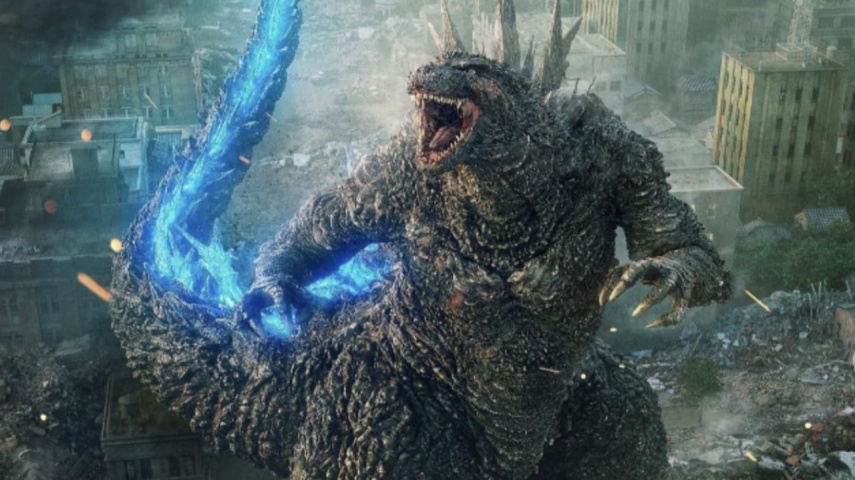Why Godzilla Minus One Has Been Made In Black & White? Director Says Film is 'scarier' Than Ever
Godzilla Minus One Director Yamazaki promises to create a classic, delivering a documentary-like horror experience in a complete black and white version.

-
Godzilla Minus One's monochrome shift is no mere grayscale; it's a meticulous decision
-
Stripping away color elevates the film's reality that makes Godzilla look truly terrifying
The iconic 1954 film, Godzilla Minus One, has undergone a spine-chilling transformation with its recently remastered version in black and white. Director Takashi Yamazaki unveils the intricacies of this process, revealing that Godzilla Minus One/Minus Color isn't merely a grayscale rendition but a profoundly unsettling experience that adds a new layer of horror to the legendary monster's tale.

A cinematic experiment
Originally a cinematic sensation in full color, Godzilla Minus One's transition to black and white is not a mere switch of hues. Yamazaki delves into the complexities of the remastering process, emphasizing the need for a distinct visual identity.
The director shares that the team meticulously masked various portions of each frame and manually adjusted contrasts, aiming for a result reminiscent of compositions by professional still photographers.
"The original 1954 Godzilla is, of course, in black and white," Yamazaki explains. "But that in and of itself made us interested in what a Godzilla film would look like created with modern technology in black-and-white. [This process makes it look] like it was composed by a professional still photographer."
Documentary vibes and increased realism
Yamazaki sheds light on the unexpected outcome of this artistic experiment, stating that the absence of color enhances the film's realism. Godzilla Minus One/Minus Color takes on a documentary-like quality, making audiences feel as if the colossal creature truly exists. The director asserts that the black-and-white version isn't just a visual alteration; it's an emotional experience that surpasses the impact of its colorful counterpart.
"For us, removing the color in some way increases the reality, feeling almost like a documentary and making audiences feel that Godzilla actually exists. [This version of the film is] way scarier than Godzilla Minus One with color, even the team members working on it, we’d get goosebumps… Because, in many ways, it does feel like a different film."
Critical acclaim and box office triumph
Despite the skepticism surrounding the decision to tamper with a cinematic classic, Godzilla Minus One/Minus Color has received widespread acclaim. The color version boasts near-perfect scores on Rotten Tomatoes, earning a 98% approval rating from critics and audiences alike.
Additionally, the film's box office success has shattered records, surpassing $50 million domestically and securing its position as the highest-grossing Japanese-language film ever released in the United States, spanning both live-action and animation.
As Godzilla Minus One/Minus Color makes its way to U.S. theaters on January 26, 2024, audiences eagerly anticipate the bone-chilling experience promised by this innovative and terrifying twist on a timeless classic.





 JOIN OUR WHATSAPP CHANNEL
JOIN OUR WHATSAPP CHANNEL































































































